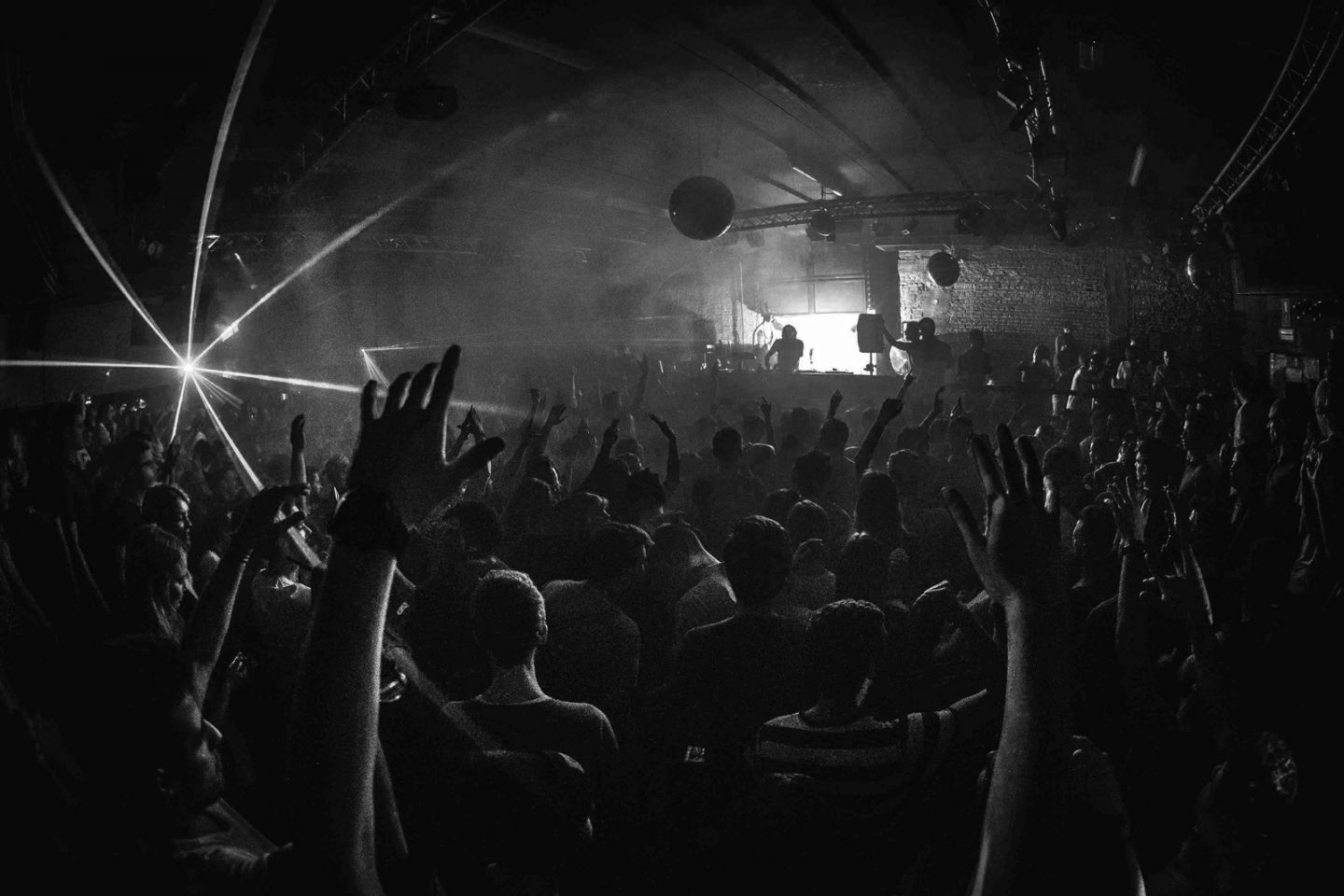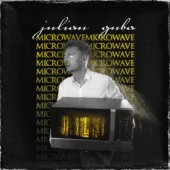Electronic Dance Music

Electronic Dance Music: A Deep Dive Into the Genre
First, what do you think about my songs?
Electronic dance music (EDM) has become one of the most popular genres of music worldwide in recent years. From nightclubs to festivals, EDM is everywhere. But what is EDM, and how did it become so popular? In this article, we will explore the history, evolution, and current state of EDM. We will also examine its subgenres and its impact on the music industry.
What is Electronic Dance Music?
Electronic dance music, also known as EDM, is a genre of music that is produced using electronic instruments and technology. The music is often characterized by its repetitive beat and synthesized melodies. EDM is a genre that emerged in the late 1970s and early 1980s, primarily in Europe, and has since evolved into a global phenomenon.
Origins of EDM
EDM has its roots in the disco music of the 1970s, which heavily relied on electronic instruments such as synthesizers and drum machines. In the 1980s, electronic dance music began to develop as a distinct genre, with the emergence of techno and house music. These genres were heavily influenced by the music produced in the underground clubs of Detroit and Chicago. DJs and producers such as Juan Atkins, Derrick May, and Kevin Saunderson are credited with pioneering the techno sound, while Frankie Knuckles is often referred to as the “Godfather of House Music.”
Evolution of EDM
In the 1990s, EDM began to gain mainstream popularity, with the emergence of rave culture and the rise of superstar DJs such as Paul Oakenfold, Carl Cox, and Tiesto. The 2000s saw the rise of new subgenres, such as dubstep, electro house, and trance. The popularity of EDM continued to grow, with festivals such as Ultra Music Festival and Electric Daisy Carnival drawing massive crowds of fans from around the world.
Subgenres of EDM
EDM encompasses a wide range of subgenres, each with its own unique sound and characteristics. Here are some of the most popular subgenres of EDM:
Techno
Techno is characterized by its repetitive beat and use of synthesizers and drum machines. It originated in Detroit in the early 1980s and is often referred to as “Detroit techno.”
House
House music has a more soulful sound than techno and is characterized by its use of pianos, organs, and other instruments. It originated in Chicago in the early 1980s.
Trance
Trance is a high-energy subgenre of EDM that is characterized by its use of soaring melodies and uplifting chord progressions.
Dubstep
Dubstep is a bass-heavy subgenre of EDM that originated in the UK in the early 2000s. It is characterized by its use of wobbly basslines and aggressive beats.
Electro House
Electro house is a subgenre of house music that is characterized by its use of heavy basslines and synthesized melodies.
Drum and Bass
Drum and bass is a high-energy subgenre of EDM that is characterized by its use of fast breakbeats and heavy basslines.
Impact of EDM on the Music Industry
EDM has had a significant impact on the music industry in recent years. It has helped to popularize electronic music and has led to the emergence of new subgenres and styles. EDM festivals have also become a major source of revenue for the music industry, with events such as Tomorrowland and Ultra Music Festival drawing hundreds of thousands of fans each year. EDM has also led to the emergence of superstar DJs and producers such as Calvin Harris, David Guetta, and Martin Garrix.
| What Makes Electronic Dance Music (EDM) an Electronic Dance Music |
|---|
| Genre of music |
| High-energy, electronic beats |
| Characterized by its buildups, drops, and breakdowns |
| Originated from disco and house music |
| Incorporates various subgenres such as house, techno, trance, and more |
| Use of synthesizers and drum machines |
| Popular among young adults and festival-goers |
| Global popularity |
| Has had a significant impact on the music industry |
Electronic dance music is a genre that has evolved significantly over the past few decades. From its origins in disco and underground clubs to its current global popularity, EDM has become a dominant force in the music industry. Its subgenres and unique sound have attracted fans from all over the world, and its impact on the music industry is undeniable.
As EDM continues to evolve and grow, it will be interesting to see what new subgenres and styles emerge, and how the genre will continue to impact the music industry. With its high-energy beats and infectious melodies, EDM is sure to remain a popular genre for years to come.
FAQs
1. What is the difference between techno and house music?
Techno and house music are both subgenres of electronic dance music, but they have different characteristics. Techno is characterized by its repetitive beat and use of synthesizers and drum machines, while house music has a more soulful sound and is characterized by its use of pianos, organs, and other instruments.
2. What is the most popular subgenre of EDM?
The most popular subgenre of EDM is difficult to determine, as it depends on personal taste and regional preferences. However, some of the most popular subgenres include house, techno, and trance.
3. Who are some of the most famous DJs in EDM?
Some of the most famous DJs in EDM include Calvin Harris, David Guetta, Martin Garrix, Tiësto, and Armin van Buuren.
4. What is the impact of EDM festivals on the music industry?
EDM festivals have become a major source of revenue for the music industry, with events such as Tomorrowland and Ultra Music Festival drawing hundreds of thousands of fans each year. These festivals have helped to popularize electronic music and have led to the emergence of superstar DJs and producers.
5. How has technology impacted the production of EDM?
Technology has played a significant role in the production of EDM, allowing producers to create complex and intricate sounds using software and hardware synthesizers. The use of technology has also led to the emergence of new subgenres and styles within EDM.










